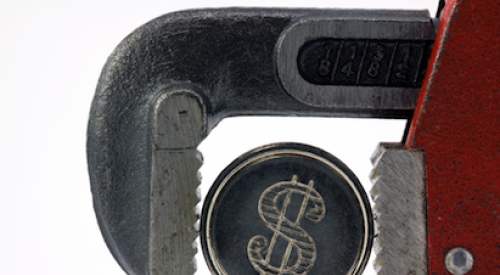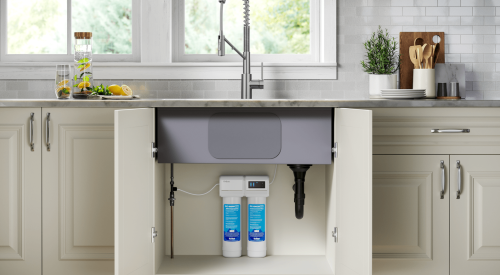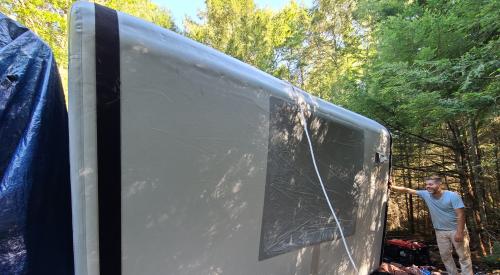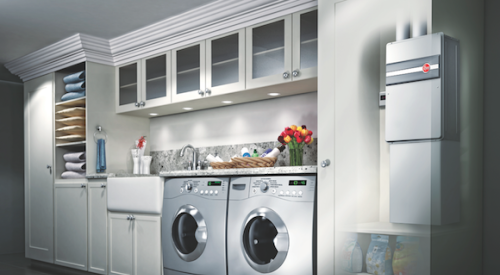Vacuum sanitary sewer systems offer many advantages over traditional gravity systems and pressure systems, including low installation and maintenance costs. Vacuum systems do not depend upon gravity, so burial depths can be shallow and relatively flat, and pipes can even run uphill. Manholes are unnecessary. Small-diameter mains and service lines also help speed installation and reduce costs. Vacuum systems require very low (7-10 psi) negative pressure, and no electricity or grinder pumps are required at homes.
Power is required only at the central vacuum station, which is similar to a lift station in a traditional gravity sewer system. Each vacuum station can be sized to handle up to about 1,200 homes. Typically, vacuum station buildings have about 500 square feet, and the exterior design is extremely flexible.
Customers connect to the vacuum sewer system. Raw sewage flows by gravity into a sealed sump from up to four homes. When 10 gallons collect in the sump, pressure in the sensor pipe opens the valve, and a vacuum pulls the contents into the sewer main and transports them to the central vacuum station.










